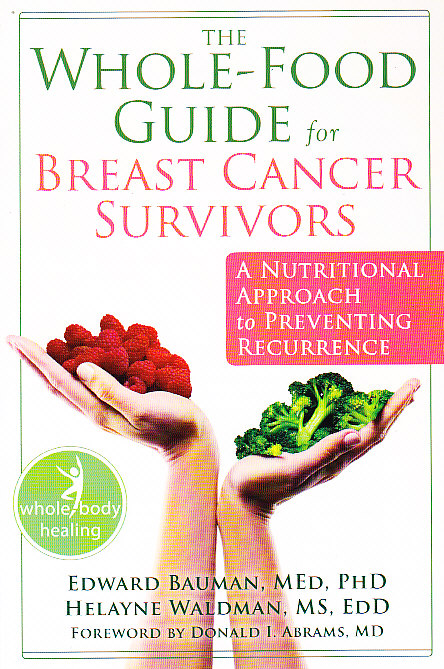
By
Edward Bauman, MED,PHD
Helayne Waldman, MS, EDD
Forewood By Donald I. Abrams, MD

The Whole-Food Guide for Breast Cancer Survivors is an essential guide for every woman seeking to understand the effect of nutritional deficiencies and environmental factors on her overall health and wellness. Based on Edwards Bauman's groundbreaking Eating for Health model, this highly comprehensive, practical approach can help you reduce the chance of breast cancer recurrence; rebuild your immune system; and enjoy a stronger, healthier body.
Edward M. Bauman, MEd, PhD, is the founder and executive director of Bauman College: Holistic Nutrition and Culinary Arts. He has been a guiding light in the field of holistic health and nutrition for the past 40 years. He is a groundbreaking leader in the field of whole foods nutrition.
Dr. Helayne Waldman, EDD., M.S., CNE, is a holistic nutrition educator in private practice and a consultant to breast cancer clinics and doctors in the San Francisco bay Area.
Foreword writer Donald I. Abrams, MD, is professor of clinical medicine at the University of California, San Francisco, and chief of hematology/oncology at San Francisco General Hospital.
© 2007 Homestead Schools, Inc. - Webmaster: Vibhu Bansal